Trump tariffs rattle markets, S&P 500 eyes 7% circuit breaker threshold
Circuit breakers were last triggered during the early Covid-19 selloff in 2020.
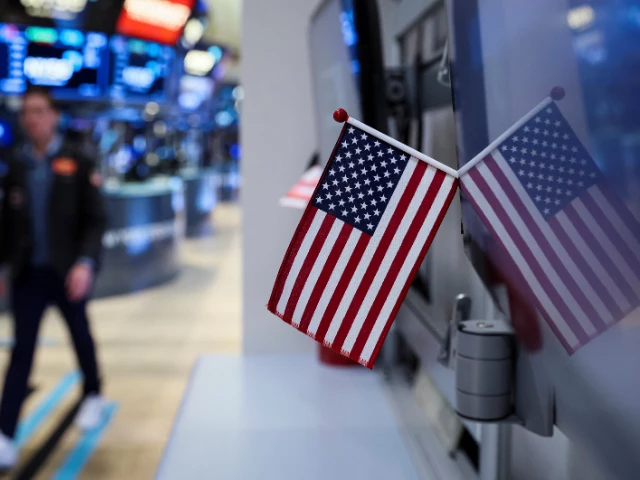
US stocks tumbled on Thursday as markets reacted sharply to President Donald Trump’s sweeping global tariff announcement, sparking concerns that rapid declines could soon trigger automatic trading halts.
The S&P 500 index opened 3.2% lower and fell as much as 3.6% to around 5,470 in early trading, marking its steepest percentage decline since 2022.
Still, the index remains above the threshold that would prompt a marketwide circuit breaker.
Circuit breakers, which pause trading during sharp selloffs, were introduced following the 1987 “Black Monday” crash.
They are triggered when the S&P 500 drops by set percentages from the prior session’s close.
A Level 1 circuit breaker is activated after a 7% decline and halts trading for 15 minutes. A 13% drop would trigger a Level 2 halt, also lasting 15 minutes. A 20% fall would stop trading for the remainder of the session.
As of Thursday’s session, the S&P 500 would need to fall to 5,274.01 to meet the Level 1 threshold. That remains roughly 200 points below its latest level.
The Dow Jones Industrial Average shed more than 1,200 points, down 2.8%, while the tech-heavy Nasdaq Composite dropped nearly 5.97% by mid-afternoon.
The last time circuit breakers were triggered was in March 2020 during the onset of the Covid-19 pandemic, when four separate sessions saw trade halted to stem panic selling.
Despite the heavy losses, traders say volatility could intensify if markets continue digesting the full impact of the tariff regime. S
ome analysts warn the latest declines might signal broader unease about economic headwinds under Trump’s trade agenda.
“There’s a sense of déjà vu,” one equity trader said. “Everyone’s watching the S&P levels now, waiting to see if the floor drops further.”





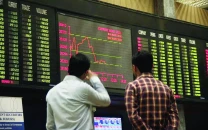

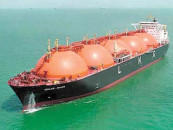
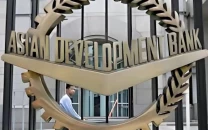

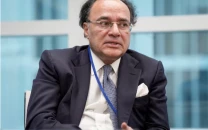



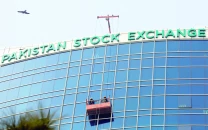

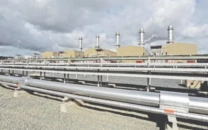







COMMENTS
Comments are moderated and generally will be posted if they are on-topic and not abusive.
For more information, please see our Comments FAQ